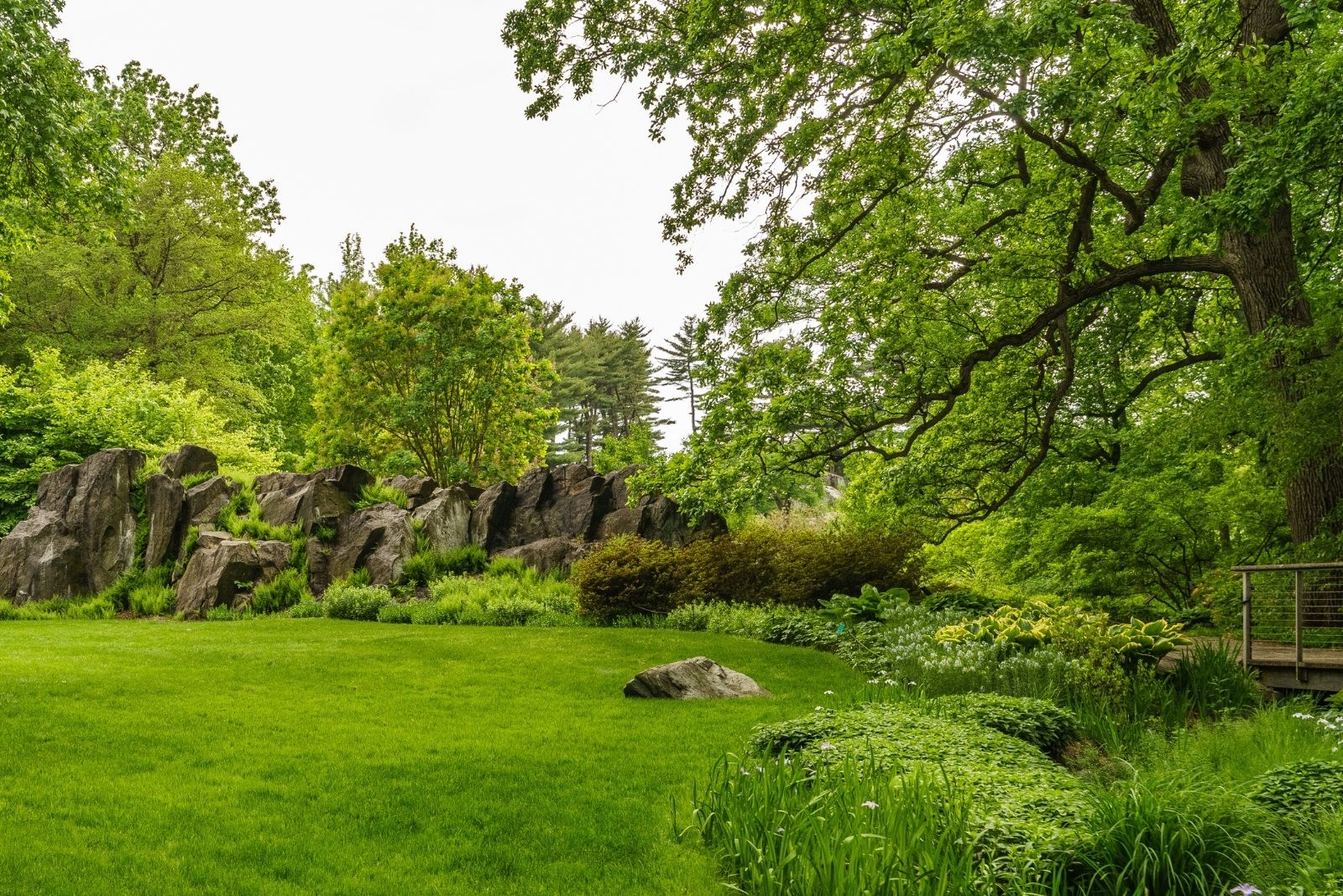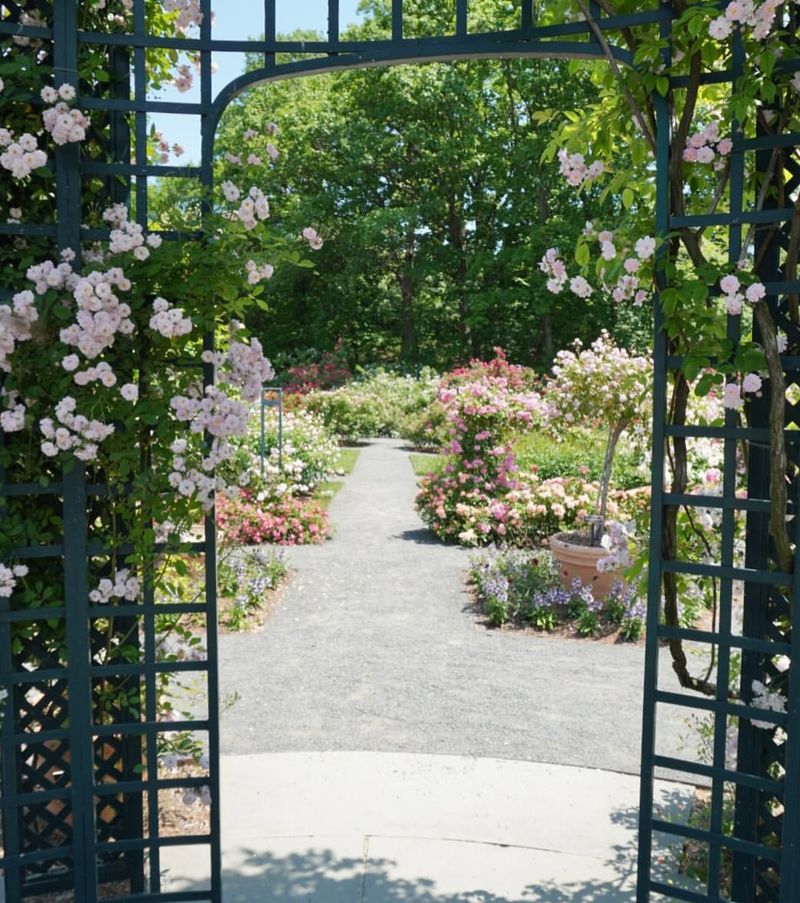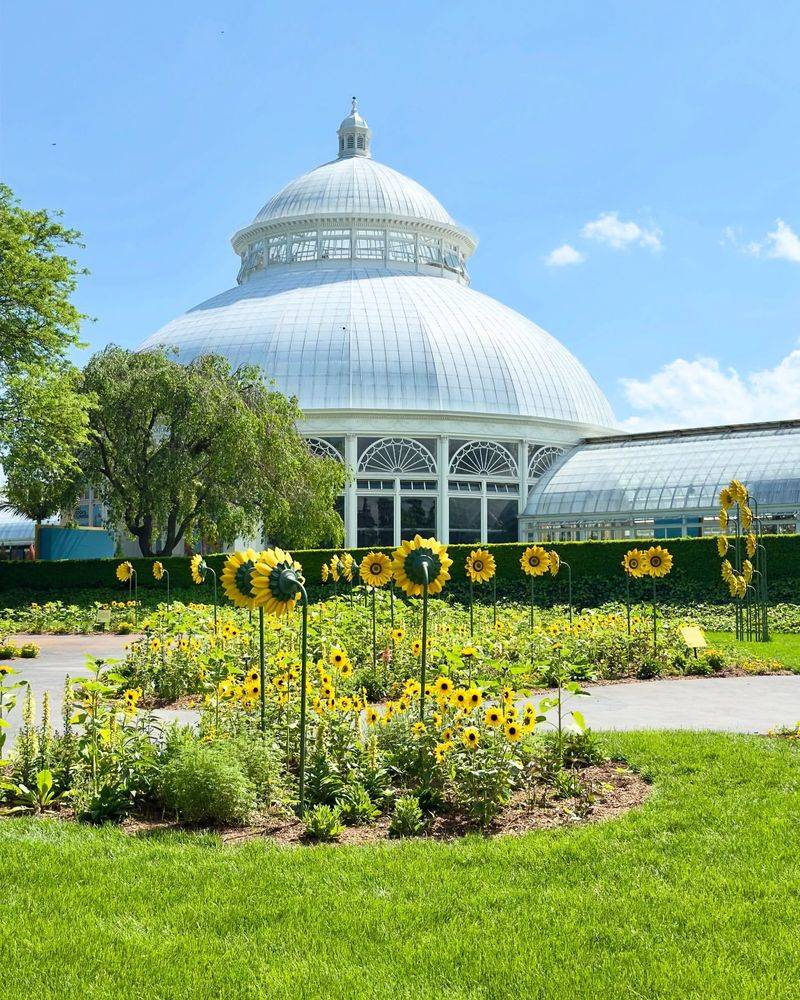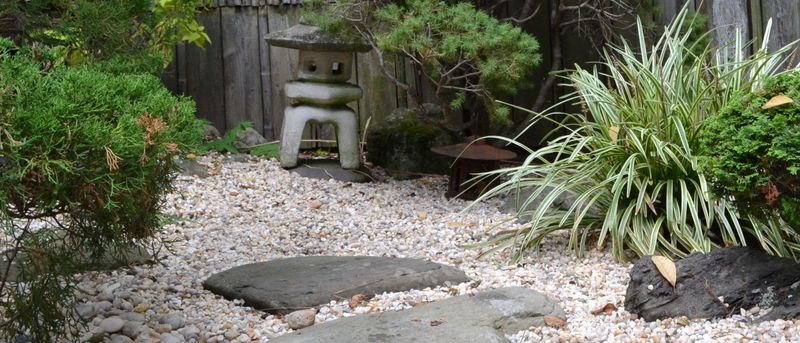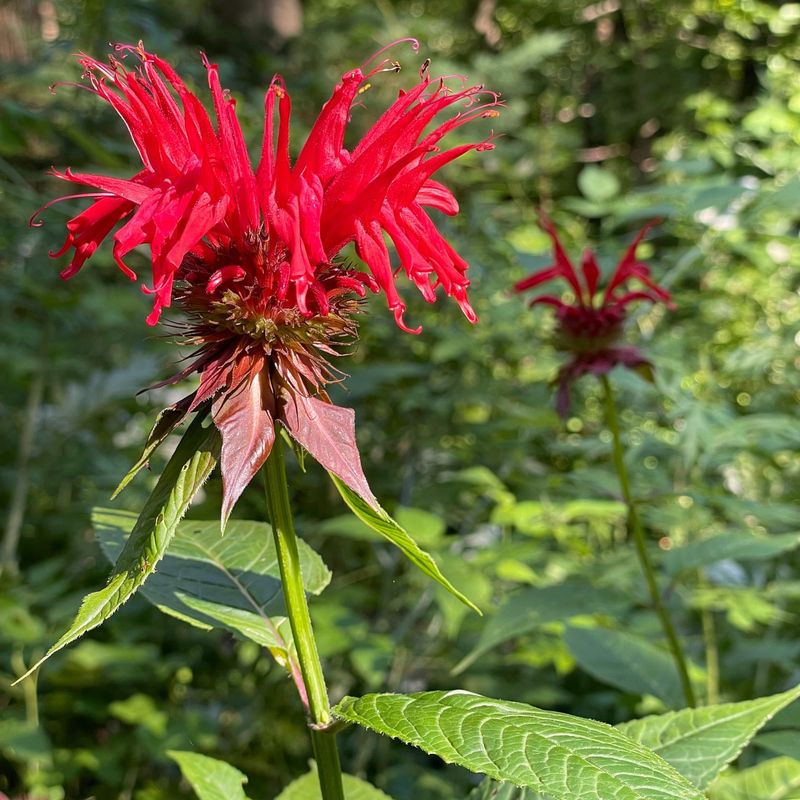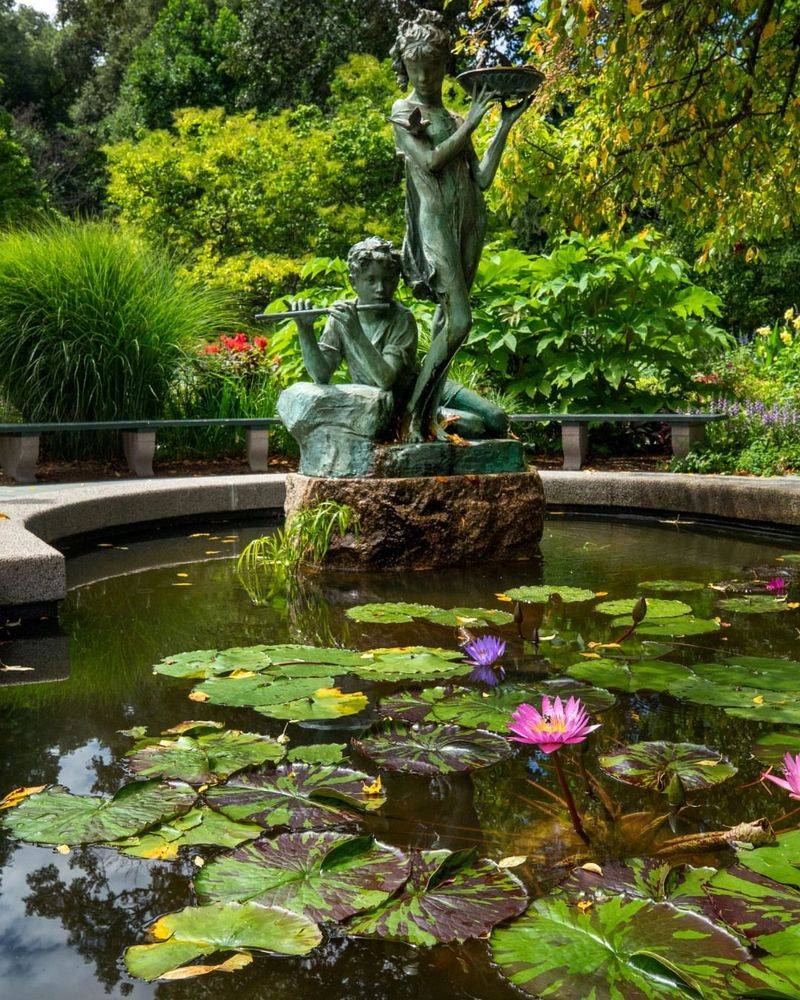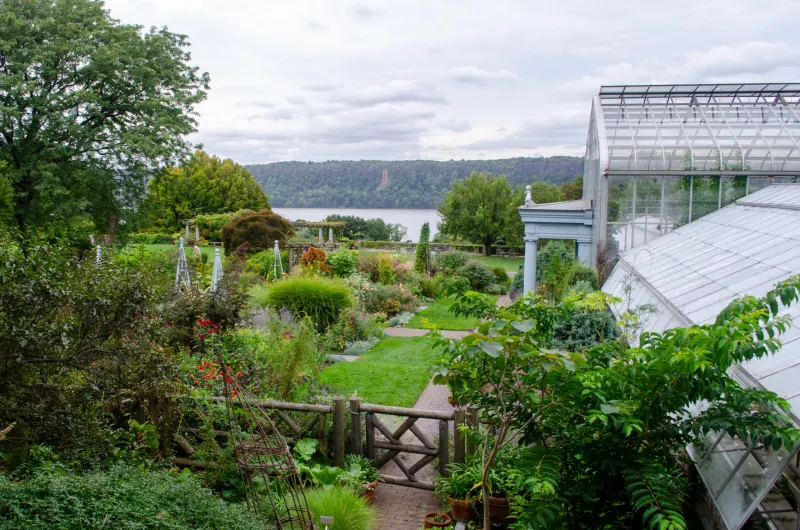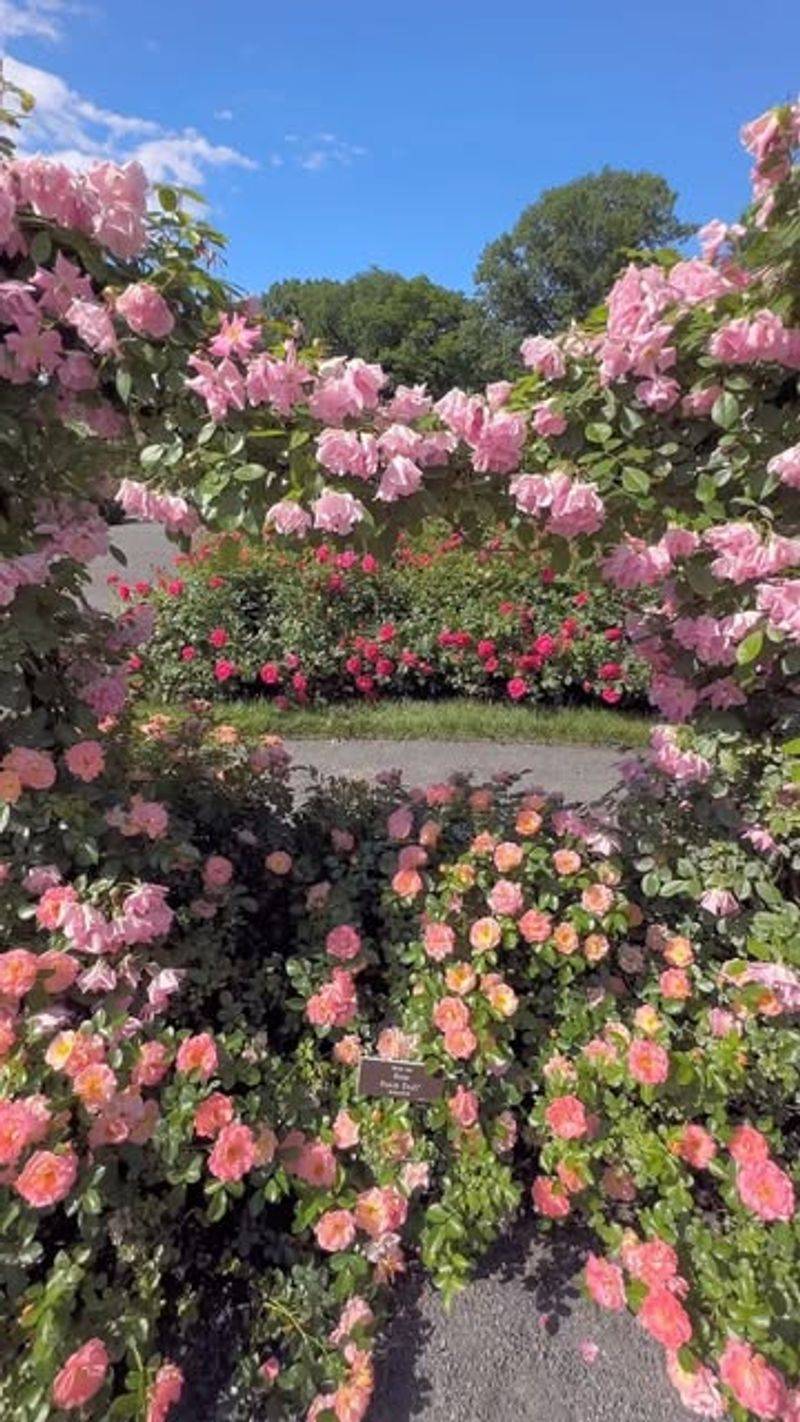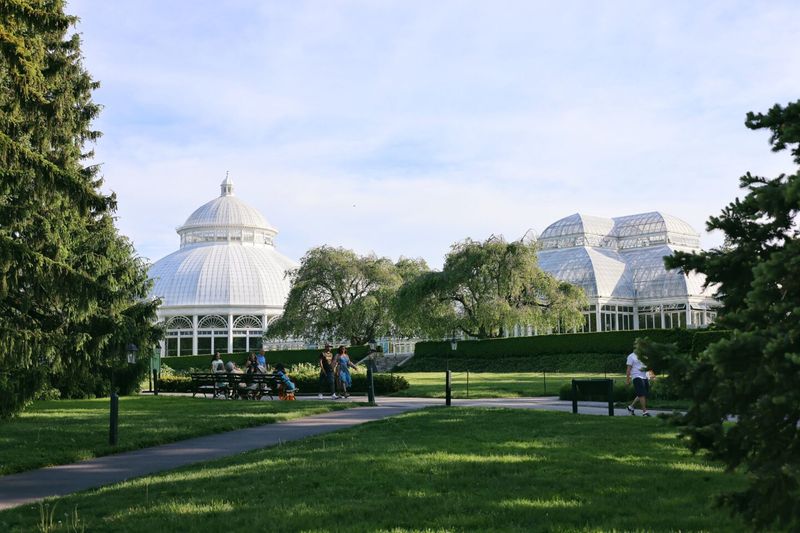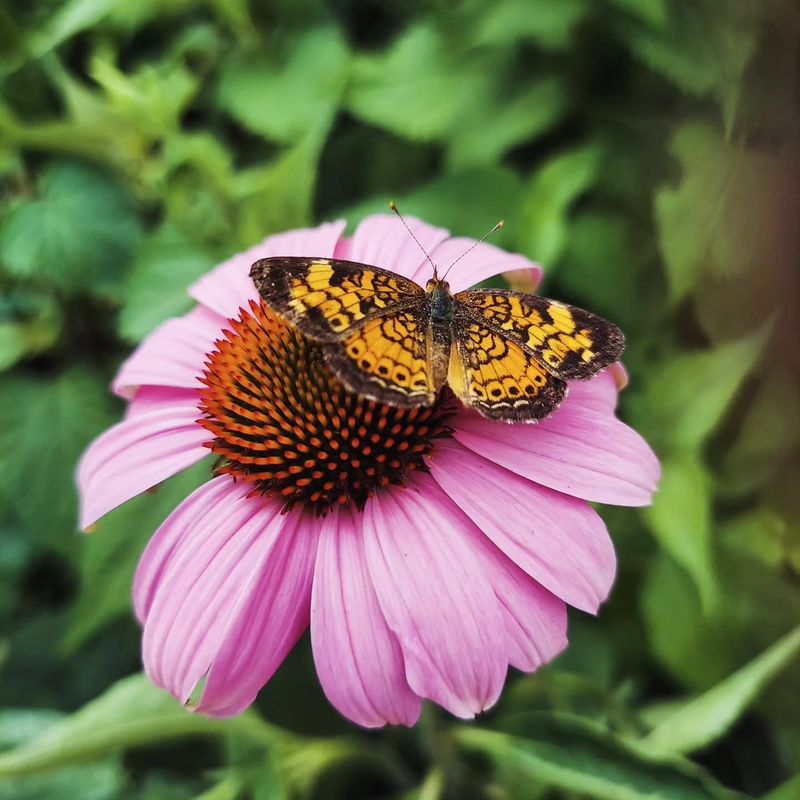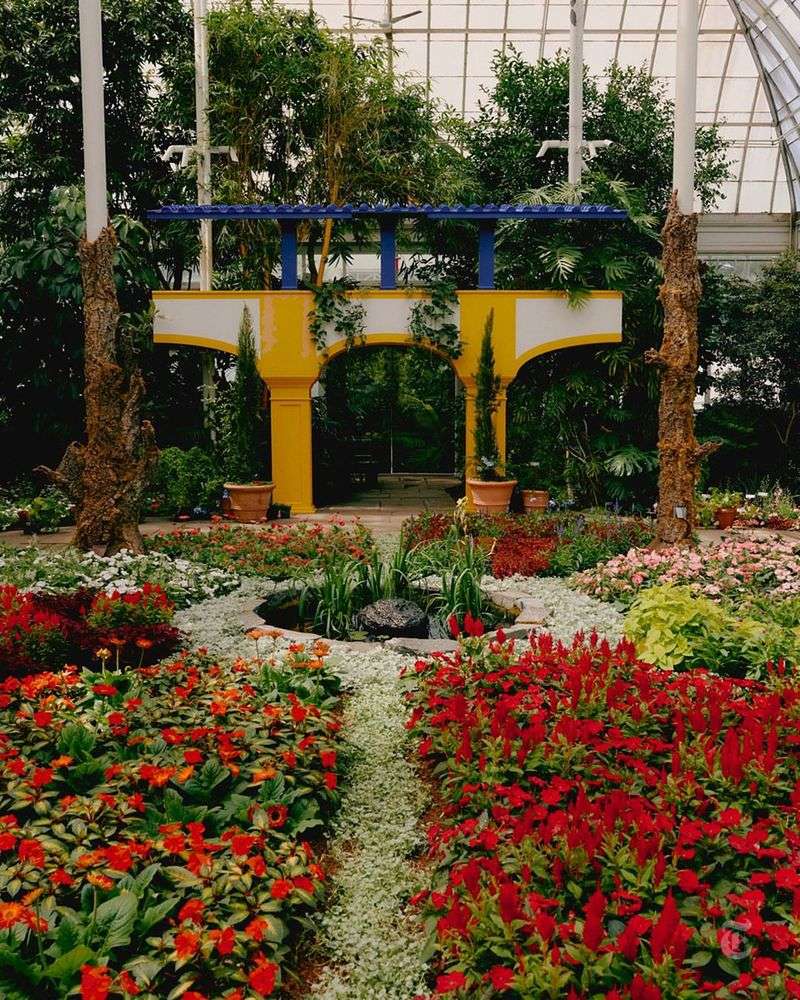New York’s gardens offer a refreshing escape from the hustle and bustle of city life. From the Brooklyn Botanic Garden to the New York Botanical Garden in the Bronx, these green havens showcase incredible plant collections, seasonal displays, and peaceful landscapes.
Before heading out to explore these horticultural gems, a little preparation can transform your visit from pleasant to extraordinary.
1. Seasonal Planning Makes All The Difference
Every garden in New York transforms dramatically with the seasons. Spring brings cherry blossoms and tulips, while summer showcases roses and water lilies. Fall offers spectacular foliage, and winter reveals unique structural beauty.
Researching bloom schedules online before visiting ensures you won’t miss signature displays. The New York Botanical Garden even offers a “What’s Beautiful Now” guide on their website.
Most gardens maintain updated bloom calendars that highlight special events like the Orchid Show or Cherry Blossom Festival.
2. Ticket Strategies Save Time And Money
Many premier New York gardens require advance tickets, especially during peak seasons and special exhibitions. Spontaneous visits might lead to disappointment when faced with “sold out” signs at popular destinations.
Savvy visitors check for free admission days – the Brooklyn Botanic Garden offers free entry on winter weekdays, while Wave Hill has free morning hours on certain days.
Membership often pays for itself in just a few visits and typically includes perks like guest passes, parking discounts, and early access to special events.
3. Garden Styles Vary Widely Across The State
From formal European-inspired designs to naturalistic woodland gardens, New York offers remarkable diversity. The Conservatory Garden in Central Park features Italian, French, and English sections, each with distinct character.
Japanese gardens like those at Brooklyn Botanic Garden and Hammond Museum require a different mindset – they’re designed for contemplation rather than flower displays.
Understanding the garden’s style beforehand helps set appropriate expectations. Some gardens emphasize scientific collections while others focus on artistic landscape design.
4. Native Plant Collections Tell New York’s Story
Native plant gardens offer fascinating glimpses into New York’s original landscapes. These collections showcase plants that thrived here long before European settlement and continue to support local wildlife.
The Native Flora Garden at Brooklyn Botanic Garden recreates several distinct New York ecosystems, from coastal plain to pine barrens. Meanwhile, Wave Hill’s wild garden incorporates natives alongside complementary non-native species.
Learning to identify a few common native plants before your visit adds another dimension to your experience and might inspire additions to your own garden.
5. Guided Tours Reveal Hidden Stories
Behind every remarkable plant collection lies fascinating stories of plant hunters, garden designers, and horticultural innovations. Guided tours unlock these narratives that you might otherwise miss.
Many New York gardens offer both scheduled group tours and audio guides you can enjoy at your own pace. The New York Botanical Garden’s tours often feature specialists who share insights about current research.
Garden staff possess incredible knowledge about their collections. Even a casual question to a gardener might reveal the extraordinary journey of a particular plant or special maintenance techniques.
6. Comfortable Walking Requires Advance Planning
Garden exploration involves significant walking, often on varied terrain. Major botanical gardens like the New York Botanical Garden span hundreds of acres with considerable distances between featured collections.
Checking accessibility information before visiting helps manage expectations. Most gardens offer maps highlighting wheelchair-accessible paths, rest areas, and transportation options like trams.
Weather-appropriate footwear makes all the difference in comfort. Even in well-maintained gardens, paths may become muddy after rain or uneven in certain natural areas.
7. Morning Light Creates Magical Experiences
Early morning visits offer garden experiences few visitors ever witness. Dew-kissed flowers, dramatic backlighting, and active wildlife create magical moments for early risers.
Photography enthusiasts particularly appreciate morning light. The soft illumination enhances colors and creates depth that harsh midday sun eliminates. Plus, fewer visitors means unobstructed composition opportunities.
Temperature differences matter too. Summer garden visits become much more comfortable before noon, while winter visits might benefit from afternoon warmth. Each garden has its own microclimate worth considering.
8. Weather Preparedness Ensures Comfort
New York weather can change rapidly, making garden visits unpredictable without proper preparation. Summer thunderstorms appear with little warning, while spring and fall bring variable temperatures throughout the day.
Layered clothing serves garden visitors well in any season. Even summer evenings can feel cool in shaded garden areas, while winter sun can create surprisingly warm pockets in sheltered spots.
Many gardens offer limited indoor spaces for weather refuge. Knowing where conservatories, visitor centers, and cafes are located provides comfortable retreats when needed.
9. Wildlife Viewing Adds Unexpected Joy
Gardens attract remarkable wildlife, especially in urban settings where green space is limited. Birds, butterflies, and pollinators find sanctuary in these managed landscapes.
Binoculars enhance the experience tremendously. Many garden visitors miss birds perched just above eye level or butterflies visiting flowers in meadow gardens.
Patience rewards wildlife watchers. Sitting quietly on a bench for even ten minutes reveals surprising activity as creatures resume their routines once they no longer perceive you as a threat.
10. Photography Rules Vary By Garden
Camera policies differ significantly between New York gardens. Some welcome photography of all kinds, while others restrict tripods, selfie sticks, or commercial photography.
Special exhibitions often have specific photo guidelines. The Orchid Show at New York Botanical Garden allows personal photography but prohibits flash, which can disturb other visitors in the conservatory environment.
Checking photography policies before arriving prevents disappointment. Most garden websites clearly outline their rules, including whether photography permits are required for anything beyond casual snapshots.

